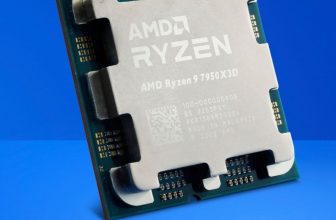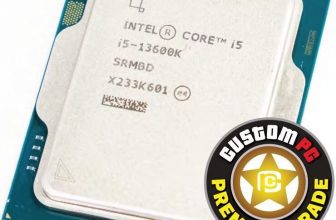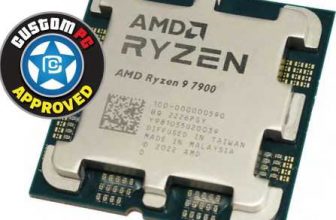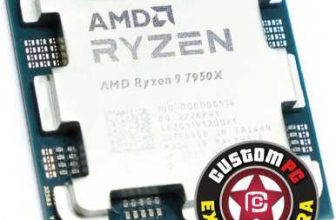AMD Ryzen 9 7900 Review
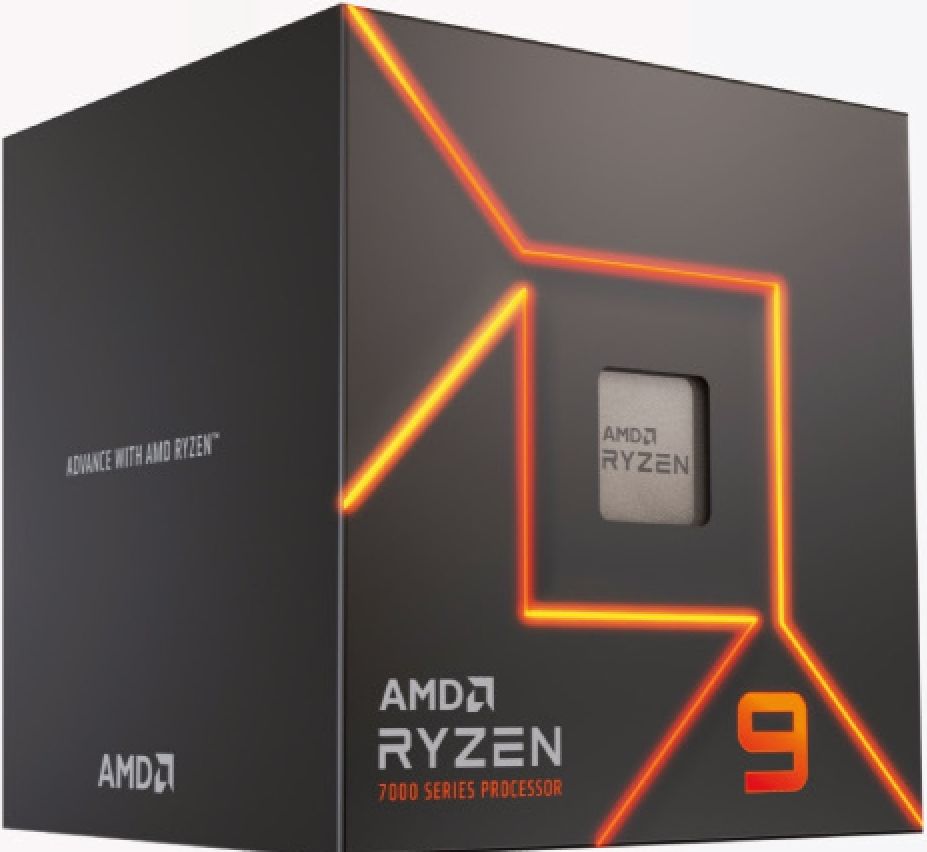
More threads. Fewer watts. Read our AMD Ryzen 9 7900 Review.
AMD Ryzen 5 7900; Socket AM5; 12 core/24 thread; 3.7GHz base/5.4GHz boost clock; 64MB L3 cache; Supports DDR4-5200; 65W TDP.
“If you need some extra performance, you can do away with the 65W limitation and essentially turn the chip into a fully-fledged 7900X.”
The Ryzen 5 7600 is an impressive chip for users on a budget, but it’s just one of three 65W CPUs that AMD launched in January. The others are the Ryzen 7 7700 and the Ryzen 9 7900. We have the latter chip on hand for a review and if it’s anything like the 7900X, it’s going to be a powerful chip, but will its 65W TDP constrain it too much?
The Ryzen 9 7900 is a Zen 4 chip with two 5nm Core Compute Dies and a single 6nm I/O die. It can be thought of as a doubled 7600X. That means it has more cache, with 12MB of L2 and 64MB of L3. The 7900 has a 3.7GHz base clock and a 5.4GHz boost clock. That’s 1.0GHz and 200MHz lower than the 7900X, so it’s clear the 7900 is substantially restricted in order to stay within that 65W budget (up to 88W total package power).
The 7900 will set you back $ while the 7900X costs $ though it’s been discounted below that. $ isn’t a major difference, though you do get AMD’s Wraith Prism cooler with the non-X. It’s a capable cooler, but not ideal if you plan to run 24 threads under heavy loads for extended periods.
The 7900’s efficiency is revealed when running heavily multithreaded benchmarks. It beats out the (admittedly cheaper) 13600K and does so while using much less power. And that’s the true strength of the 7900. A full system power consumption peak reading of 157W is outstanding. Compare that to the 286W of the 7900X and it’s like we’re looking at an entirely different CPU.
The gaming performance of the dual CCD chips can suffer a little depending on the game engine, though a few frames here or there isn’t a deal breaker.
There’s an interesting option for users of the 7900, and the other non-X CPUs too. AMD’s Precision Boost Overdrive allows you to manually set the TDP of any Ryzen 7000 chip. That means if you need some extra performance, you can do away with the 65W limitation and essentially turn the chip into a fully-fledged 7900X. We used Cinebench R23 as an example. A 7900X scores around 29,217 while the 7900 scores 24,471. That’s quite a drop due to power limitations. However, by enabling PBO, the 7900 scores 28,613 – erasing most of the gap. You’ll need to make sure you have good cooling though if you plan to overclock.
The Ryzen 9 7900 is another excellent CPU but many of the same conclusions we made with the 7600 also apply here. It’s a little too expensive versus the 7900X, while Intel has strong competitors in the form of the 13700 and 13700K. Buying a CPU at near enough to $ means your budget can surely accommodate an AM5 motherboard and DDR5 too, but then there’s also the option of a 5950X on the AM4 platform. And AMD’s ECO mode can turn an X CPU into a 65W one, too.

If you value power efficiency, the 7900 is simply awesome and with PBO you can get all the performance of a 7900X if you choose. We hope AMD (and Intel) continue to provide options for users that believe performance should not come at any cost. Long may the 65W desktop CPU continue.
Chris Szewczyk
When you purchase through links on our site, I may earn an affiliate commission. Here’s how it works.







